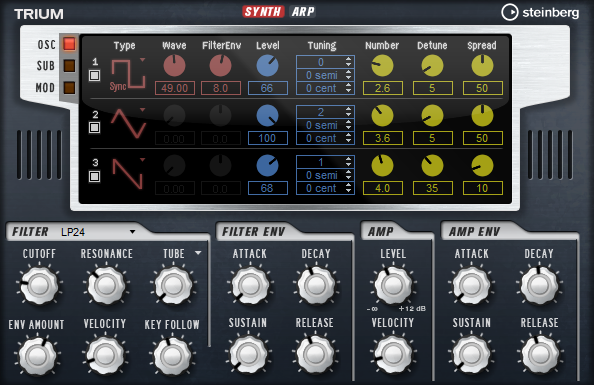
The significance here is that each layer can be any one of the four modes: Synth/Sample, Loop, Drum and Instrument. However, each program also consists of up to four sound layers, and these can be loaded individually from the browser. HALion Sonic uses a tried and tested sound module concept whereby multiple programs (aka patches and presets) can be combined into 'multis'. However, it does include a keymap graphic and parameter adjustment for sounds assigned to each key, including effect send levels. Similarly, the Drum and Loop modes share an interface, which is also less full on. In contrast, the Instrument mode is for keyswitching multi-articulation patches, and offers a much simpler single-tab interface. Understandably, not all features are available in all modes, with the step modulator and the powerful filter configurations only found in the Synth/Sample mode.

The results are superb and you could easily get waylaid by them for some time.
HALION SONIC TUTORIAL SERIAL
You can use them in serial and parallel modes, and morph between up to four filter shapes. There are a whopping 23 filter types, all available in Classic and Tube Drive flavours. The filters are one of HALion Sonic's most powerful elements. The latter allow independent modulation per note, and also have additional shape-editing features. In addition to the usual sines, squares, saws and whatnot, HALion Sonic's oscillator types include cross-modulated, synced and the ring modulator-esque 'exclusive or'.Īlso worth mentioning are the four LFOs, two monophonic and two polyphonic. In use this is most obvious with the virtual analogue system, which offers three oscillators plus sub, noise and ring modulation. So, HALion Sonic clearly packs some serious horsepower.


 0 kommentar(er)
0 kommentar(er)
